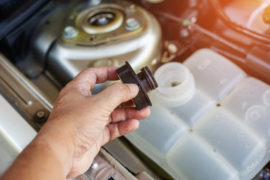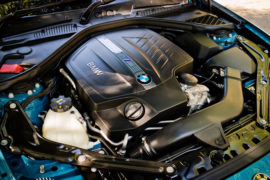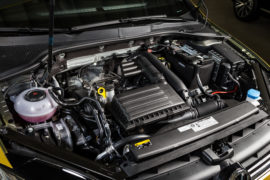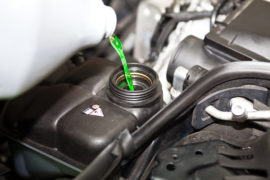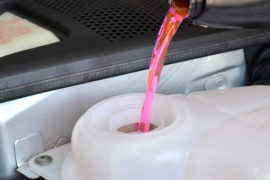Coolant draining and refilling system
Coolant drain and filling system
Replacing used engine coolant is important. It is recommended by automobile manufacturers to replace it every 2 to 4 years depending on the vehicle. That is why there are now machines like Flash Cooling®. This is a system for draining and refilling the coolant.
Discover the coolant fill and drain system
The question arises: what is a drain, bleed and coolant system replacement station? The answer to this question is simple. It is one of the latest useful inventions in the automotive field.
The latter allows, in particular, to create a vacuum, to drain a cooling circuit. But also to fill it by vacuum, to recycle the used coolant and to make a leak test. The device is really useful. It has external tanks with a capacity of about ten litres for the recovery and display of the used coolant that is extracted, as well as the storage of new coolant.
These are not the only bins that exist. There are two other lower recovery bins with a capacity of more than 20 litres used for recycling used coolant as well as for storing new coolant.
The importance of the cooling system for a vehicle is really great. The question is: what exactly does the cooling system do? The main function of the cooling system is to cool the engine of a vehicle.
Indeed, the engine has a habit of raising its temperature while driving. Beyond a certain point the parts start to degrade. This is why the engine needs to be cooled. This is the main function of the cooling system. However, it still has other auxiliary functions such as ensuring the comfort of the people using the vehicle by maintaining the temperature in the passenger compartment.
As far as the composition of the cooling system is concerned, it is generally a question of a radiator located at the front of the car to collect the outside air. Then, there is the heating radiator which has the function of managing the temperature of the car’s interior.
In addition to all this, there is the coolant, which is partly composed of water, glycol and additives. Finally, there’s the thermostat that controls the engine temperature and allows the coolant to flow to the radiator.




